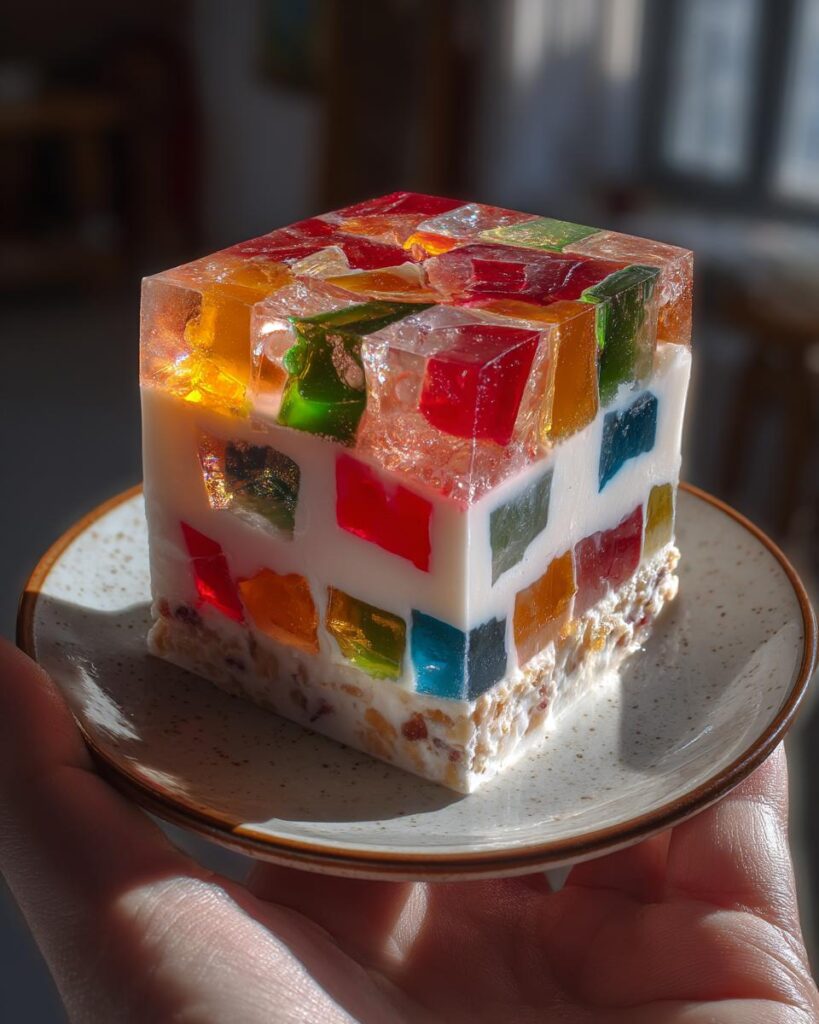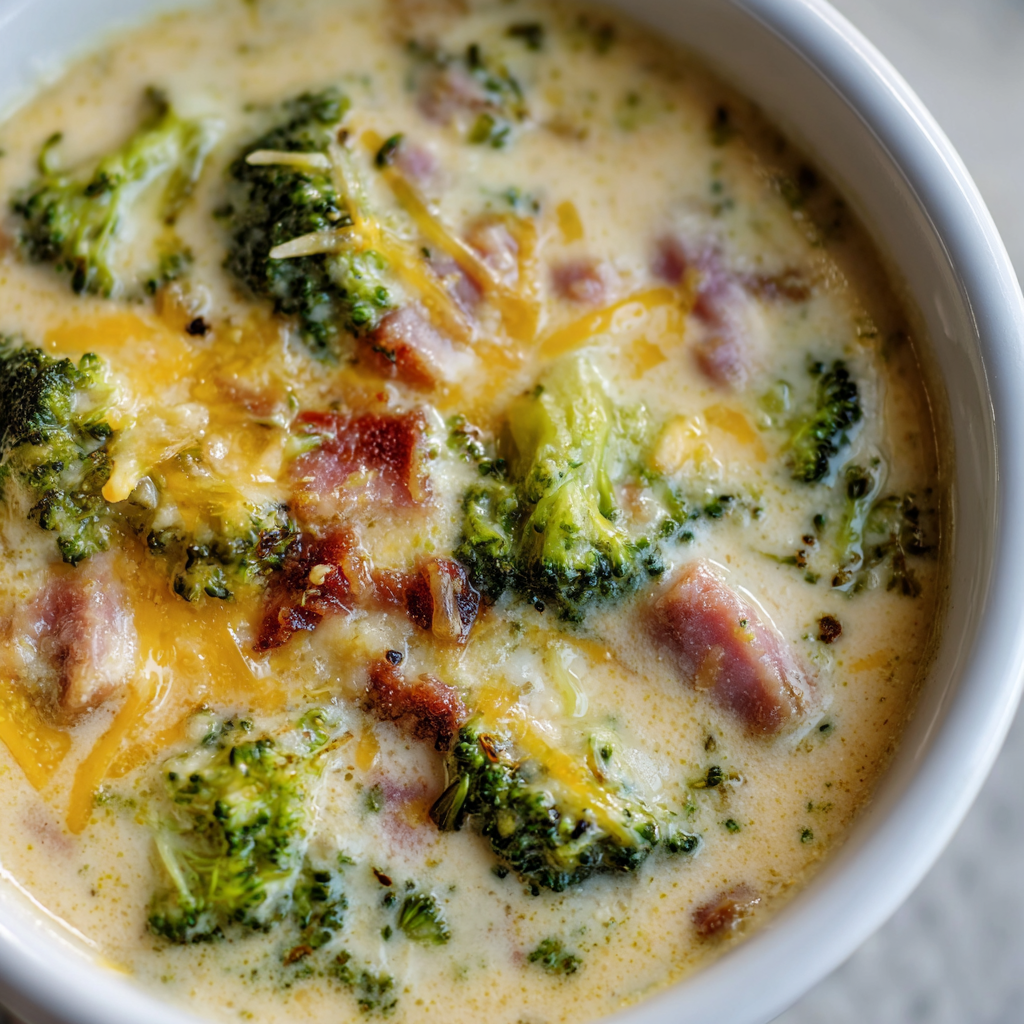Okay, buckle up buttercups, because we’re diving headfirst into the magical world of **Prosecco grapes**! These are the little green powerhouses behind one of my absolute favorite bubbly drinks. Seriously, pop open a bottle of Prosecco and you’re tasting the sunshine of Italy, all thanks to these incredible grapes, also known as Glera. For years, I’ve been fascinated by Italian ingredients and winemaking, and the journey of these grapes from vine to that joyous fizz in your glass is truly something special. It’s not just about the wine; it’s about the place, the people, and the passion that goes into every single cluster. Trust me, once you understand the story of Prosecco grapes, that next glass of bubbly will taste even better!
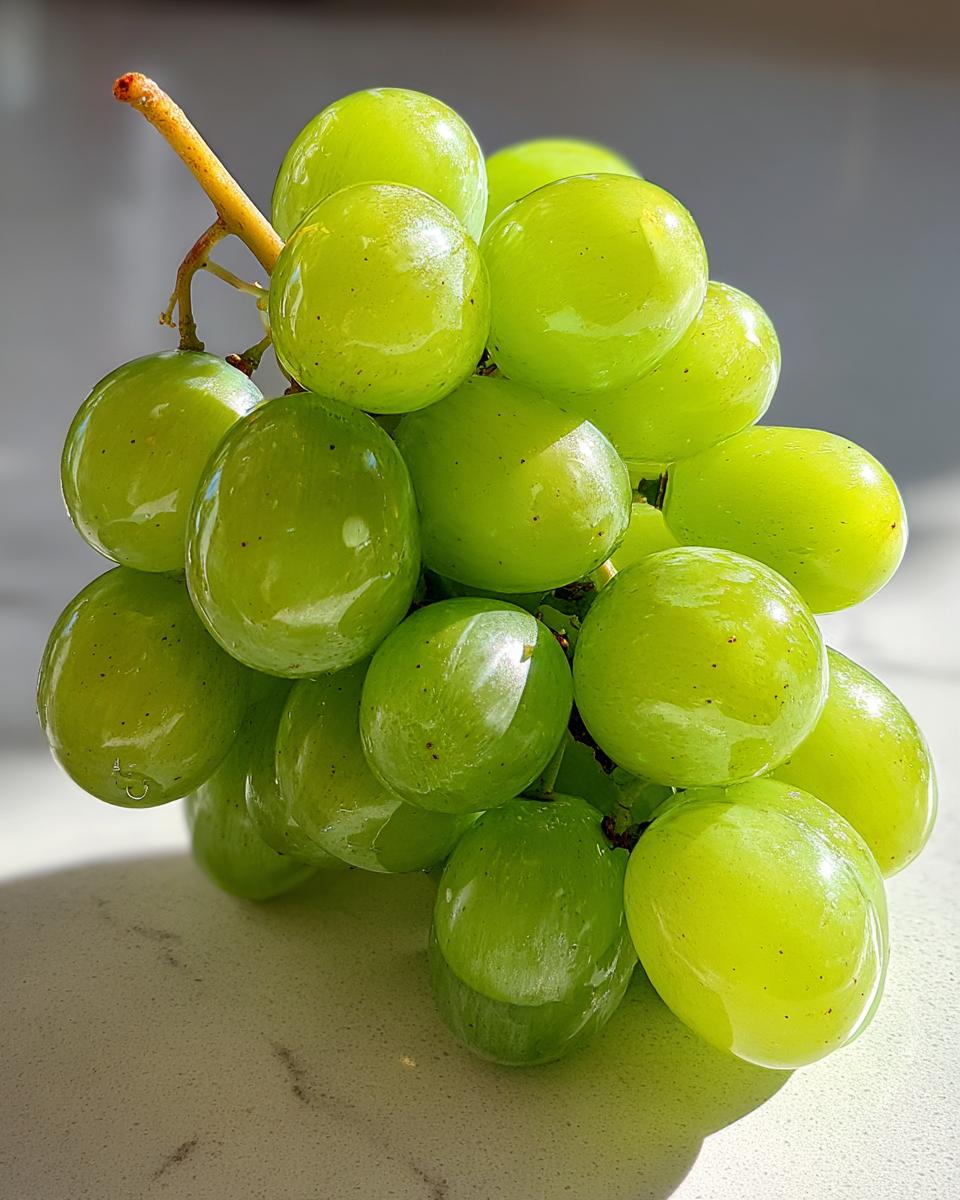
Why You’ll Love Prosecco Grapes
So, why should you get excited about **Prosecco grapes**? Well, besides being the heart and soul of that happy bottle of bubbly you love, they’re just plain fascinating! Here’s the lowdown on why these little guys are so special:
- They’re the *only* grapes that can make official Prosecco wine – no substitutes here!
- They hail from beautiful northeastern Italy, bringing a taste of that incredible region right to you.
- Their natural acidity and fresh, light character make them perfect for creating that signature crisp, easy-drinking sparkling wine.
Basically, they’re the reason for the celebration in a glass!
Understanding Prosecco Grapes: More Than Just Wine
Alright, let’s dig a little deeper into these amazing **Prosecco grapes**. They’re not just some random grape variety; they have a rich history and specific characteristics that make them perfect for sparkling wine. Knowing a bit about their background makes appreciating that glass of bubbly even more fun! These grapes, officially called Glera, are kind of the unsung heroes of the Prosecco world.
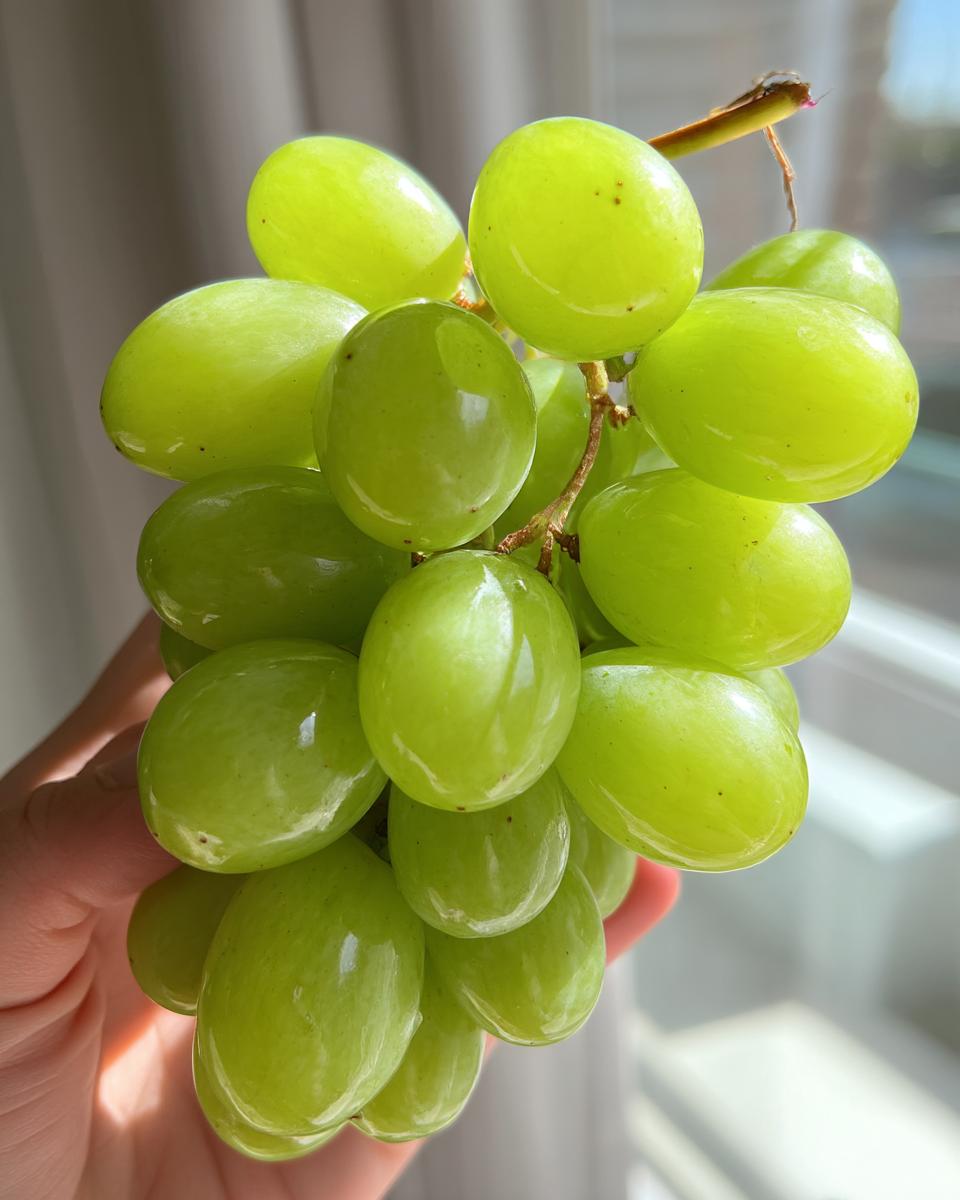
The Origin of Prosecco Grapes
These little beauties call northeastern Italy home, specifically the Veneto and Friuli-Venezia Giulia regions. They’ve been hanging around there for centuries, adapting perfectly to the climate and soil. Think rolling hills, Italian sunshine, and a whole lot of history – that’s where the magic of the **Prosecco grapes** begins!
Growing and Harvesting Prosecco Grapes
Okay, so how do these amazing **Prosecco grapes** go from a tiny bud to those perfect clusters ready for winemaking? It’s a whole process, and it takes a lot of care! These vines love the specific climate and soil of northeastern Italy. They need sunshine, but not *too* much heat, and just the right amount of rain. Growing them is a year-round effort, with pruning in the winter and careful tending throughout the spring and summer.
Then comes the exciting part: harvest time! This usually happens in late August or early September, when the **Prosecco grapes** have reached just the right balance of sugar and acidity. It’s often done by hand, which is hard work but super important to make sure only the best grapes make it into the basket. They pick them gently, making sure not to damage the delicate skins, and then whisk them off to the winery as quickly as possible to keep everything fresh and vibrant.
How to Prepare Prosecco Grapes for Winemaking
Alright, so you’ve got your beautiful, freshly harvested **Prosecco grapes**. Now the real fun begins! Turning these little green gems into that glorious bubbly is a process that’s been perfected over generations. It’s a bit like magic, but with science! Let’s walk through how they get those grapes ready for their transformation into wine.
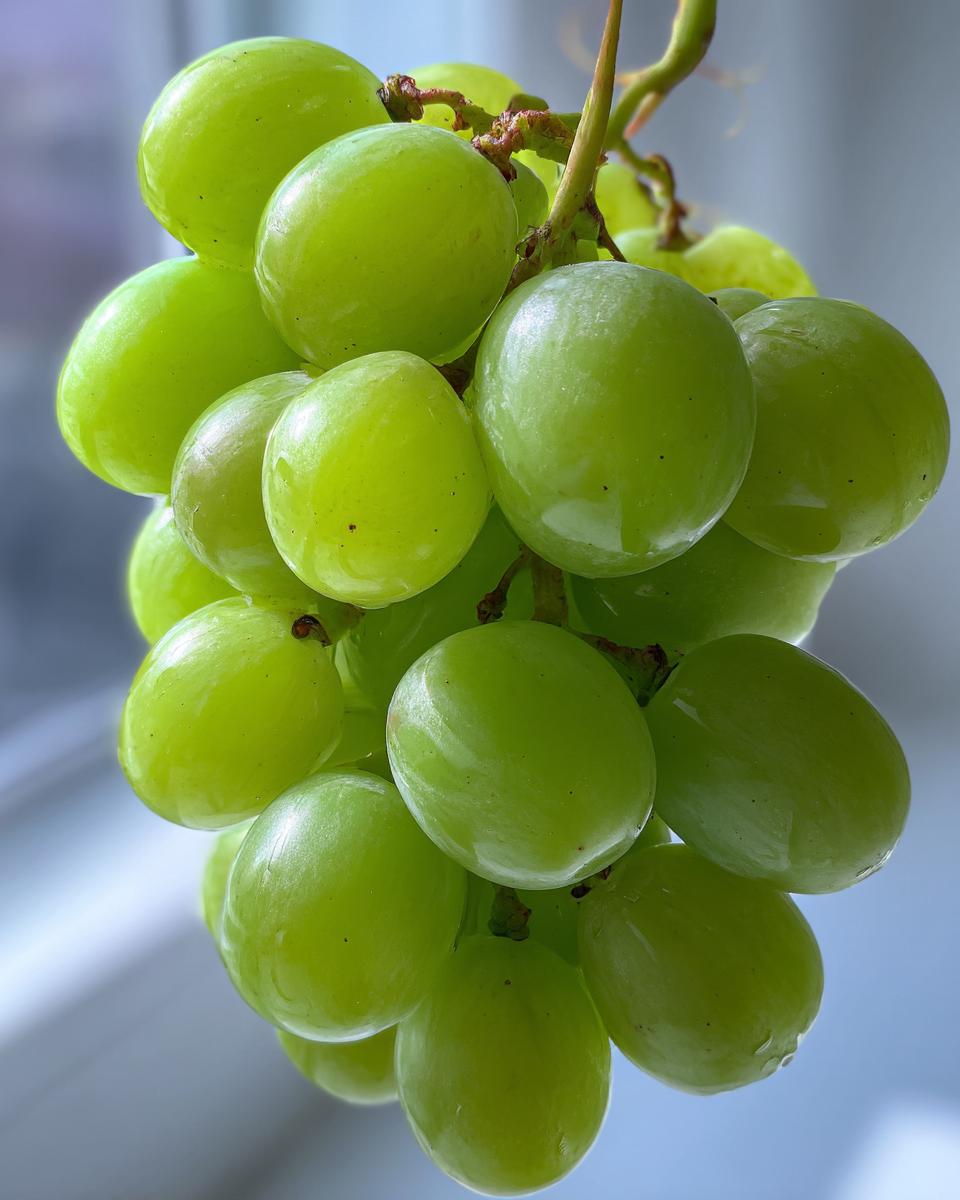
From Harvest to Juice Extraction for Prosecco Grapes
First things first after the harvest, the **Prosecco grapes** need to be gently pressed. This is usually done quickly and carefully to get the pure juice without picking up too much color or bitterness from the skins. Think of it like a very gentle squeeze! This juice, sometimes called “must,” is then clarified to remove any bits of skin or seeds. Clean juice is key for that fresh, crisp Prosecco style.
Fermenting the Essence of Prosecco Grapes
Next up is fermentation! This is where the sugar in the juice from the **Prosecco grapes** gets turned into alcohol and carbon dioxide by yeast. For the first fermentation, this happens in stainless steel tanks at controlled, cool temperatures. This keeps all those lovely fresh, fruity aromas locked in. It’s a bit like letting the grapes sing their first song!
The Charmat Method and Prosecco Grapes
Now, here’s where the bubbles come in! Unlike some other sparkling wines that do their second fermentation in the bottle, Prosecco almost always uses the Charmat method. This means the wine made from our lovely **Prosecco grapes** goes through its secondary fermentation in large, sealed tanks.
Why tanks? Well, it helps keep that fresh, fruity character of the **Prosecco grapes** front and center. As the yeast works its magic in the tank, the carbon dioxide it creates is trapped, dissolving into the wine and creating that signature fizz. It’s a quicker process than bottle fermentation, which is perfect for preserving those vibrant, easy-drinking qualities we all love in Prosecco!
Frequently Asked Questions About Prosecco Grapes
Okay, so you’ve got questions about these little superstars, and I’ve got answers! Let’s tackle some common curiosities about **Prosecco grapes**.
What are Prosecco Grapes called?
Officially, the main grape used to make Prosecco is called Glera. So, when you hear people talking about Glera, they’re talking about the same wonderful **Prosecco grapes** that give us that bubbly joy!
Where are Prosecco Grapes grown?
These Italian grapes are native to and primarily grown in the northeastern regions of Italy. Think beautiful areas like Veneto and Friuli-Venezia Giulia. That’s their happy home, and where they get all that wonderful character for the sparkling wine we adore.
Got more questions about these amazing grapes or the sparkling wine they create? Drop them in the comments below!
Estimated Nutritional Information
Okay, so talking about nutritional info for just the grape itself can be a little tricky, especially when you’re talking about the grape used for wine! The final nutritional content of Prosecco sparkling wine will depend on the specific winemaking process, how much sugar is left (that’s the “brut,” “extra dry,” “dry” stuff!), and even the producer.
Since we’re focusing on the **Prosecco grapes** themselves and how they become wine, I can’t give you exact numbers for calories, sugar, etc., in the final bubbly. Just know that like most wines, it contains alcohol and some residual sugar. If you’re really curious about the specifics, checking the label of your favorite bottle is always a good idea!
Share Your Experience with Prosecco Grapes
Okay, so there you have it – the amazing journey of the **Prosecco grapes**! I hope you enjoyed learning a little more about what goes into that fantastic sparkling wine. Have you visited the Prosecco region? Do you have a favorite Prosecco you love? I’d absolutely *love* to hear about it! Drop a comment below, share your thoughts, or let me know what you think about these incredible grapes. Happy sipping!
Print
Unveiling the Secrets of Prosecco Grapes
5 Stars 4 Stars 3 Stars 2 Stars 1 Star
No reviews
- Author: Barbara Holmes
- Yield: Varies depending on harvest and winemaking process
Description
Prosecco grapes, also known as Glera, are the cornerstone of the famous Italian sparkling wine. They are a white grape variety primarily grown in the Veneto and Friuli-Venezia Giulia regions of Italy.
Ingredients
- Prosecco Grapes (Glera)
Instructions
- Harvest the Prosecco grapes.
- Process the grapes to extract the juice for winemaking.
- Ferment the juice.
- Bottle the wine.
- Allow for secondary fermentation to create the bubbles (Charmat method).
Notes
- Prosecco grapes are native to northeastern Italy.
- The Glera grape is known for its high acidity and neutral flavor profile.
- The Charmat method of secondary fermentation in tanks is typical for Prosecco.
- Category: Ingredient
- Method: Growing and Processing
- Cuisine: Italian

